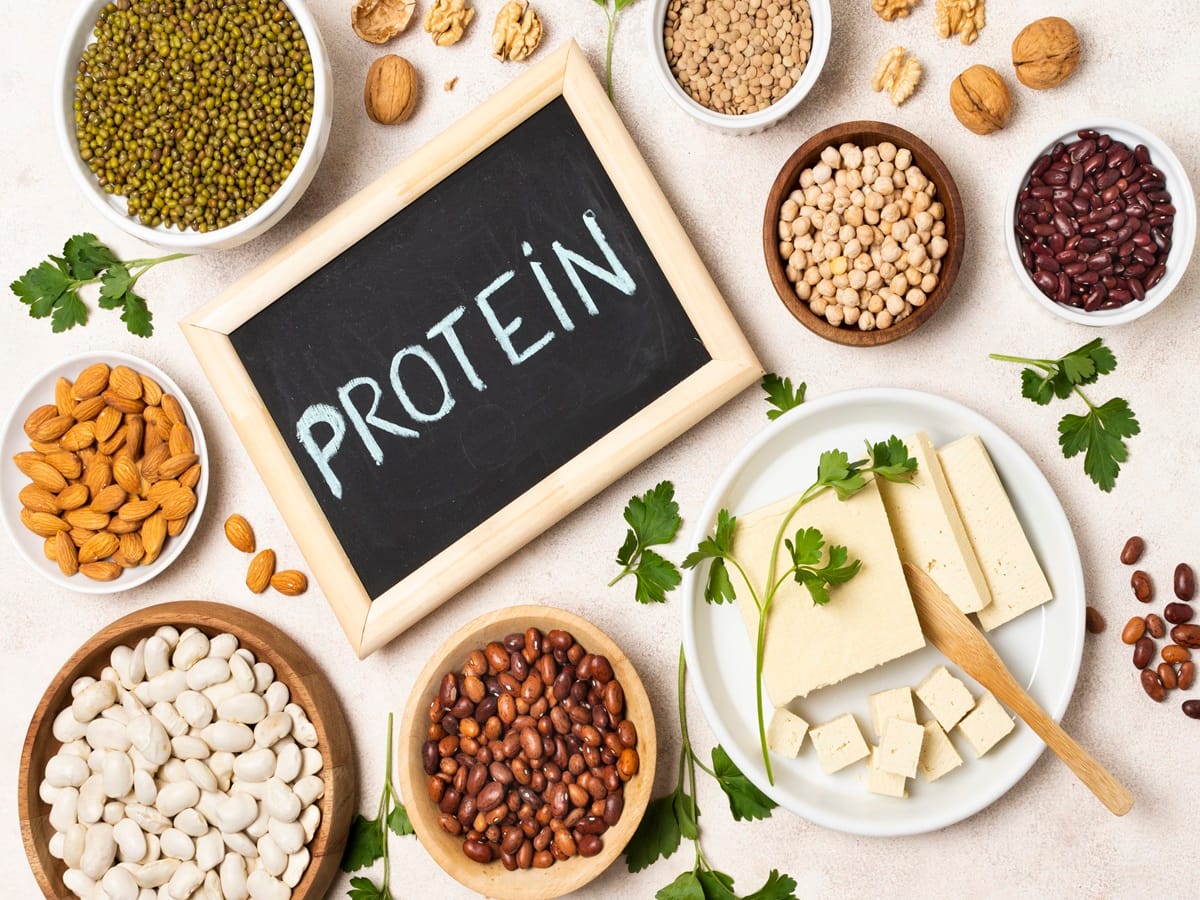By prioritizing proteins with a robust nutrient base, responsible sourcing, and favorable fatty acid profiles, individuals can navigate the complex landscape of protein consumption with confidence.
Embarking on the journey to a lean body and robust physique demands more than just hours at the gym; it necessitates a conscious understanding of dietary choices, particularly regarding protein intake. While protein is often hailed as a nutritional hero, recent insights highlight that not all proteins are created equal, and misconceptions about their consumption abound. Protein, a fundamental component of a balanced diet, is the cornerstone for muscle and collagen development. It is emphasized as the building block for enzymes, hormones, immune factors, and crucial molecules within the body. Adults are advised to consume at least one gram of protein per kilogram of body weight daily to maintain tissue integrity. But how to understand the difference between good and bad proteins? So, here we have made it easier for you, read to know more!
The Rise Of High-Protein Diets: A Mixed Legacy
Fueling the protein surge were diets like Atkins and South Beach, promoting high-protein, low-carb meal plans. In response, Americans embraced protein-rich foods, increasing protein supplement and protein bar expenditures. However, the quality of protein matters and not all dietary decisions align with optimal health.
Simplifying The Dietary Confusion
Despite the protein craze, the world is witnessing a decline in overall health, with almost 70% of the population classified as overweight. The surge in protein consumption doesn’t necessarily equate to informed dietary choices. The challenge lies not in the need for protein but in distinguishing between the beneficial and detrimental forms.
The Key: Understanding Protein Ingestion
The United States Department of Agriculture suggests that the average American already consumes an ample amount of protein. Yet, the concern shifts to how this protein is ingested. Excess food consumption, be it protein, carbohydrates, or fats, is deemed unhealthy. The critical factor is discerning between good and bad proteins and determining the appropriate quantity. It is crucial to understand the importance of the nutrient base, farming practices, omega-3 fatty acid content, and saturated fat levels in determining the quality of protein. Good proteins, therefore, extend beyond their nutritional value to considerations of origin and composition.
Balanced Diet: The Ultimate Solution
Amidst the protein debates, nutritionists advocate for a balanced diet that naturally combines protein, carbs, and fats. The notion of a low-carb or no-carb diet is deemed unrealistic, as most foods inherently offer a blend of these essential components. Contrary to the misconception that a healthy diet revolves around chicken breasts and grain burgers, experts encourage diversifying protein sources. From lean beef tenderloin to fish and eggs (minus the yolk for cholesterol concerns), there’s room for red meat lovers and egg enthusiasts in a well-rounded, protein-rich diet.
Keep These Points In Mind While Identifying Good Proteins
- Component Good proteins offer more than simply protein content; they are full of vital elements. They offer a range of nutrients, including vitamins, minerals, and other healthy substances.
- It concerns where proteins come from. A product is generally healthier when it contains proteins from sources that are sustainably farmed and reared. Sustainable and ethical agricultural methods guarantee the protein’s purity.
- High quantities of omega-3 fatty acids are found in good proteins, especially those derived from fish or other similar sources. Numerous health advantages, particularly those related to promoting heart health, have been linked to these polyunsaturated fats.
- Low saturated fat content is a crucial indicator of high-quality proteins. Selecting proteins with reduced saturated fat content helps create a heart-healthy diet, as excessive consumption of saturated fat has been related to cardiovascular problems.
Identifying Bad Proteins
- Bad proteins often lack the diverse nutritional profile found in good proteins. They may offer protein but lack the essential vitamins, minerals, and other nutrients necessary for optimal health.
- Proteins sourced from factory-farmed or poorly regulated environments may contain harmful additives, antibiotics, or hormones. These can have adverse effects on health and well-being.
- Bad proteins, often associated with processed and red meats, tend to be high in saturated fats. Regular consumption of such proteins can contribute to an increased risk of heart disease and other health issues.
- Unlike good proteins, bad proteins may lack significant levels of omega-3 fatty acids. This absence deprives the body of the potential benefits associated with these essential fats.
Total Wellness is now just a click away.
FOLLOW US ON
Source link
credite

